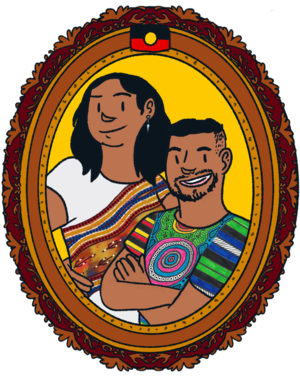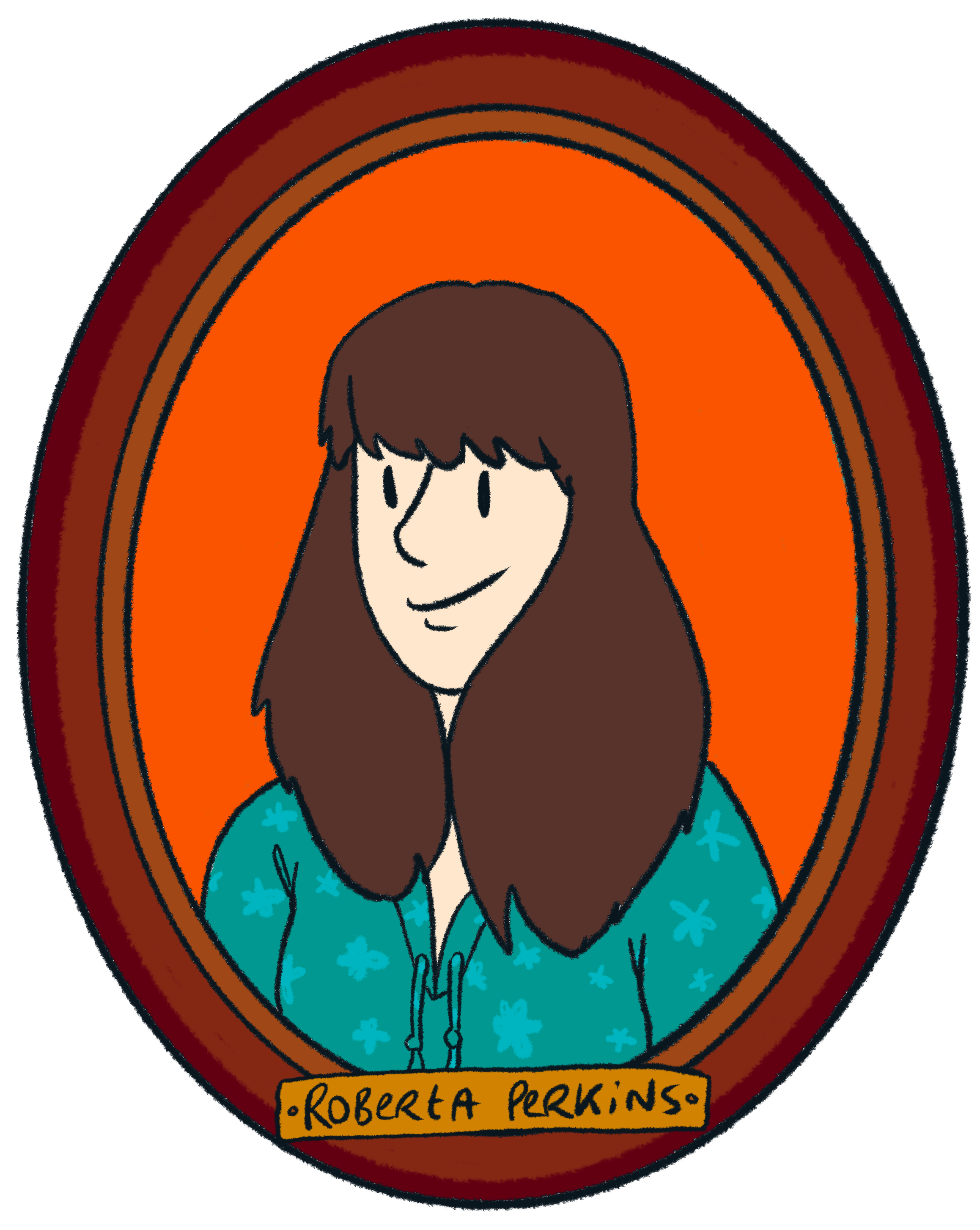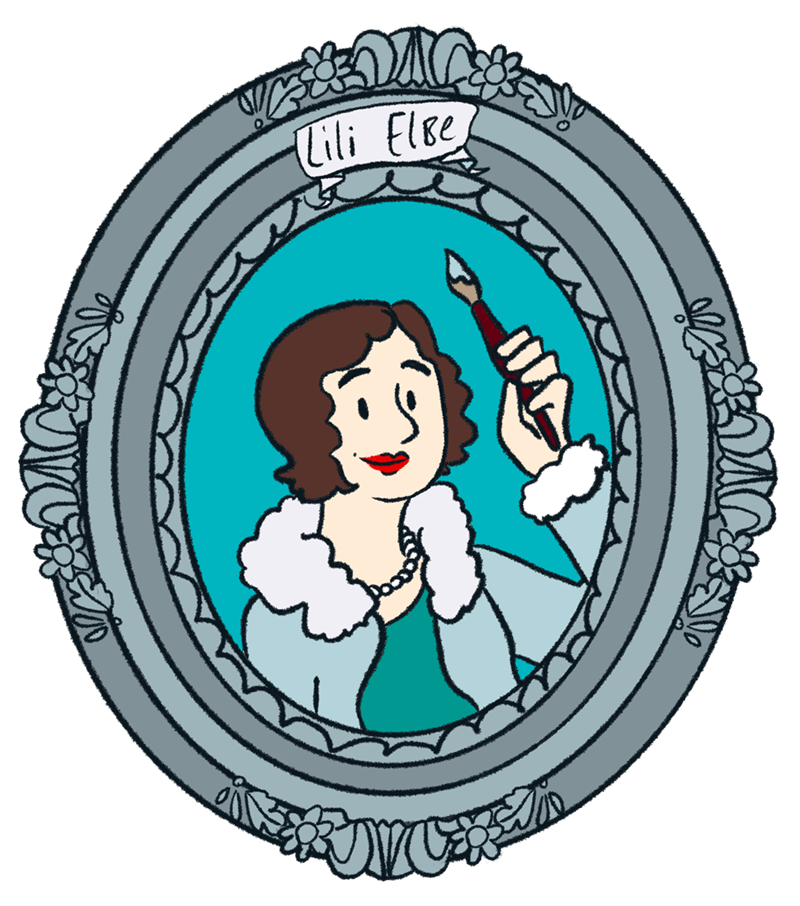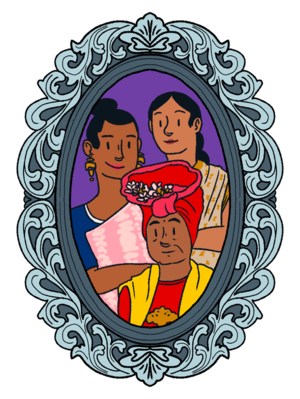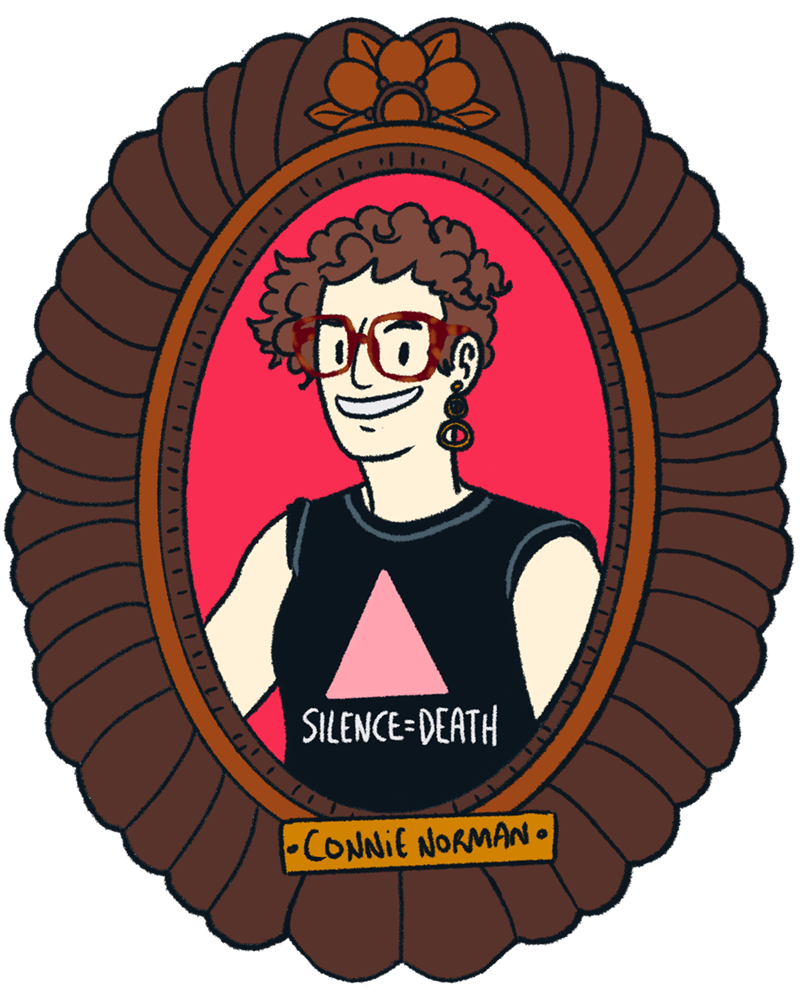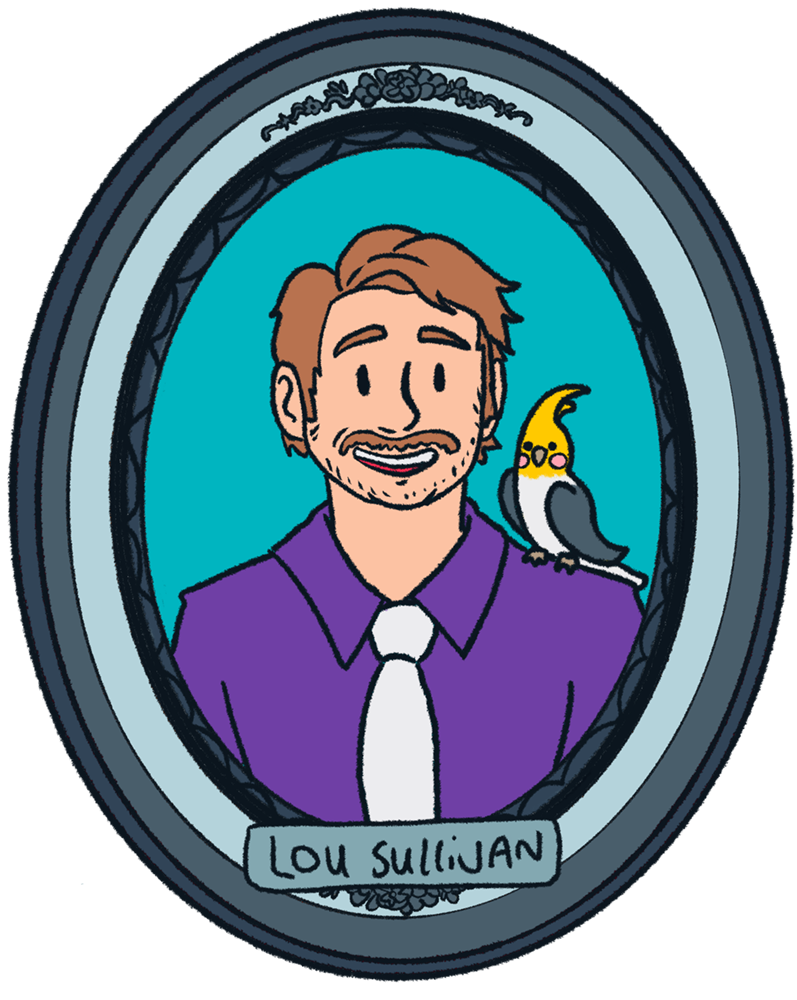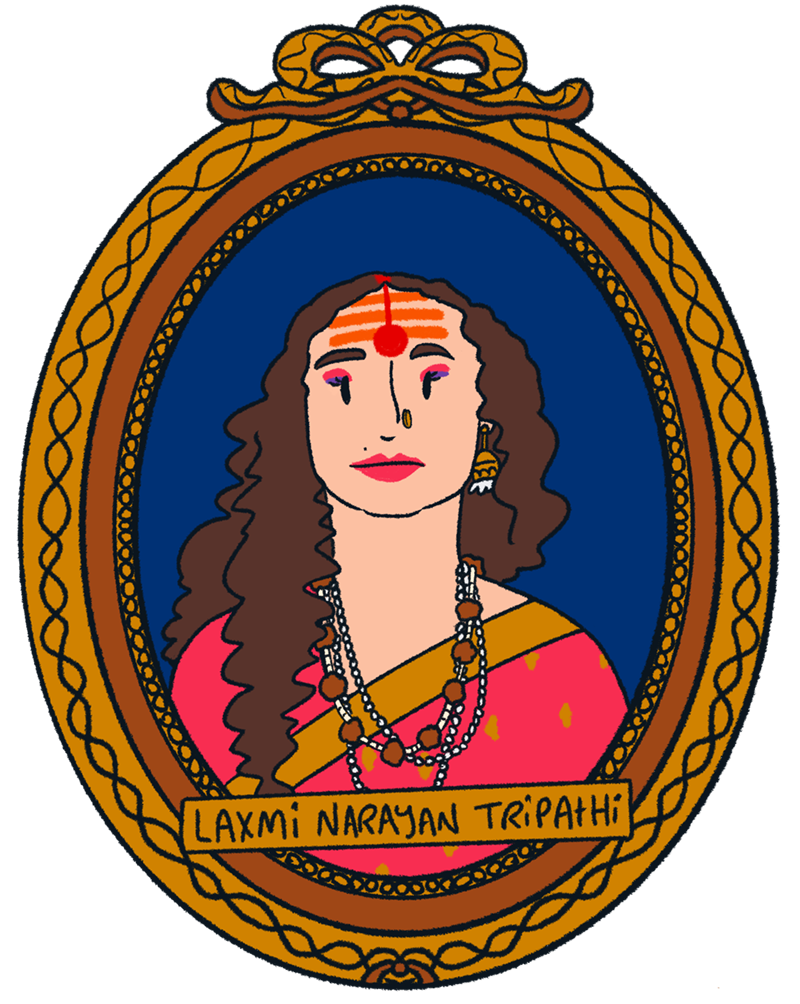Trans culture gallery
One myth about trans people is that we’re a new thing, or a temporary fad, when nothing could be further from the truth. Trans people have existed in every town, city and country since before recorded history.
Trans people do and have lived on almost every continent, including this one. Australia is home to some of the longest living trans cultures on earth, and Sistergirls and Brotherboys show up in every Aboriginal nation in this country. Find out more on Trans Mob.
It’s always good to be reminded that when gender diversity manifests today, that’s because it’s always existed. Finding out about it can be more challenging though, particularly since many cultures pass on history through story-telling and art, not in books written in English. To help us start learning more about our history and where we came from, we’ve created a gallery of trans history and culture.
This gallery presents only some of the rich tapestry of trans people throughout different cultures and times. This means that we only have access to glimpses of history from specific perspectives. Many trans people may also have gone under the radar for survival purposes. As you wander through this gallery, it’s also important to think about how politicised and complicated trans history is.
Though the trans experience has been actively suppressed, destroyed or misinterpreted by colonial forces for hundreds of years, trans leaders continue to emerge and make a powerful difference for their communities.
Click on someone to check out some significant people from our community histories. Could you add some more?
Before 1788 Aboriginal people in there over 250 different tribes across this sovereign land. There were processes and ways and means of being there was roles and those who cared for processes unto lore. When this land was invaded the concept of just man – woman and God was forced upon the people. The continued abuse and trauma perpetrated against Aboriginal people has also been widespread to the pacific islands. Christianity was brought via colonization which has decimated the stories, roles and processes that we have always had.
As you can see in other First Nation communities around the world it isn’t a stretch to understand that we were here and always have been here, holding our communities knowledge and keeping them and each other safe. There has been a shift in local councils to include Brotherboys and Sistergirls in their portfolios.
Dean Gilbert, a Brotherboy Uncle from Koorawatha Wiradjuri country, was 42 with four children when he affirmed his gender eight years ago. His family has been “100 per cent for me,” he says. “They love me dearly, they support me fully, they’ve been my rock, and that’s been very important.”
“They don’t say much but they know. They told me in so many ways that they accepted what was happening for me and they wanted to be part of it. It’s been really, really good. I’m learning lots from the Elders in my community and it’s just been wonderful how they’ve embraced me.”
That support was clear in the presence at the session of one of Dean’s sons, who said he had seen his father struggle more in the early days of transition in a non-Indigenous network. “You need that link to culture,” he said. His father’s transition had been, he said, “personally no challenge for me. I just want to be the best son I can be for Dad
Roberta Perkins (1940-2018)
A relentless activist for transgender and sex worker rights. Roberta’s commitment to community was pivotal for trans rights and services in Australia. She worked as a member and leader of the Australian Transsexual Association, that hosted Australia’s first trans rights rally in Manly and a support group with Wayside Chapel in Kings Cross. As a sociologist, Roberta advocated through her research, raising with the NSW Government, institutions and across civil society. Notably, her groundbreaking research ‘The Drag Queen Scene’ was picked up by the then State Minister for Youth and Community Services. This led to the establishment of Australia's-first trans community support service Tireseas House in 1983, later renamed the Gender Centre in 1993. Today, the Gender Centre continues to deliver essential services to trans people of all genders across NSW.
Born 1882, Velje Denmark, Lili Elbe was a Danish painter. She studied art at the Royan Danish Academy of Fine Arts in Copenhagen where she met her wife Gerda Gottlieb. She had her moment of epiphany when Gerda made her husband at the time dress in ‘woman’s clothing to model for her painting. After this Lili became her regular model. In 1924 Lili exhibited a series of paintings included portraits, still lifes, landscapes and more at Salon d’Automne and the Salon des Indépendants in Paris. Lili Elbe was also one of the first people recorded to have gender affirming surgery.
Born into the Zuni tribe in 1849 in what is known today as New Mexico, We’wha was a Ihamana. Iluhamana are (two spirited Individual) who held positions of honor in the community. Commonly taking on both masculine and feminine traits and roles, often also serving as mediators. We’wha served as a cultural ambassador for Native Americans, especially the Zuni, and was the contact point for settlers. We’wha was also known as a masterful weaver and potter. During the late 1800s, white settlers were forcing an agenda of assimilation on Native American tribal cultures, We’Wha traveled to Washington D.C. to advocate and assist in documenting Zuni Culture.
Marsha “Pay it No Mind” Johnson and Sylvia Rivera founded the Street Transvestite Action Revolutionaries (STAR) in New York City in 1970, shortly after the Stonewall riots. STAR provided housing and food for trans and queer youth that the two paid for with their earnings as sex workers, as well as acting as a vanguard for political action. The two arranged sit-ins, stormed stages and demanded inclusion for trans people in the gay rights movement.
Marsha is often credited with ‘throwing the first brick’ at Stonewall Inn, but whether or not that is true, she and Sylvia were pivotal and pioneering forces of the modern LGBTQ+ rights movement in the U.S. and further abroad. Later on, they joined the Gay Liberation Front (GLF), which was one of the few organisations of the day to welcome all people “regardless of sex, race, age or social behavior”. While Stonewall is often incorrectly identified as the start of modern LGBTQ+ rights struggles, it serves as a useful reminder that so many of our struggles and celebrations were lead and fought for by women of colour standing up for their communities.
Lisa is a Worimi Sistergirl, who has been an advocate and active member of Sistergirl and Brotherboy communities for over 20 years. She attended the Sistergirl conference on Magnetic Island in 1999, and has been a major modern advocate for Sistergirls and Brotherboys around Australia.
“Popular myths from both the Indigenous and non-Indigenous communities have often dismissed the existence of homosexuality as part of Australian Indigenous culture. This myth is even more apparent in the lack of visibility granted to the role Indigenous sistergirls/ transgenderists have played in the Indigenous community. As a mechanism to dispel this myth and, more importantly, to give the sistergirl community ownership of their history, the forum began with a session of sharing oral histories. Stories of traditional rock paintings in existence and personal histories spanning more than three generations were shared, confirming that sistergirls have long existed and played a role in traditional Indigenous societies.” - Sistergirl retreat report from 1999
Born 1915, Kent England, Micheal Dillon became a naval surgeon in 1951 after years of rowing competitions throughout university studies were he won many awards. He became the first trans man to have phalloplasty surgery between 1946 – 1949. He went on to write several books about his experiences and then he had a posthumous autobiography come out in 2017.
In South East Asia, trans folks have existed for millennia and often occupy different and significant roles spiritually, culturally and more. Often transphobia is then introduced with the influence of colonisation and western powers.
The Indonesian Bugis ethnic group recognise five genders. Most important are the ‘Bissu’ are described as ‘gender transcendent’ and were thought to communicate with the gods as priests and healers.
Sida-sida people from Malaysia were considered to have traits of both binary genders, which combined to give them with great spiritual power. They were entrusted the responsibility to protect high ranking women on palace grounds.
In Borneo, there are Manang, who were responsible for settling conflicts as well as Ngaju Dayak.
In Thailand, gender was not differentiated until the 1800s until the Thai monarchy, influenced by the British decided that genders should be marked through clothes and hair, based on a British model of gender.
Nadine Stransen was a Sydney based activist and artist who was instrumental in the fight for legal protections of trans people in New South Wales in the 1990s. The 1996 anti-discrimination and anti-vilification bill protects trans people and their friends and lovers from discrimination and vilification in employment, education, accommodation, access to goods and services and more. One of Nadine’s victories was ensuring that the bill extended to all trans people, and not just those who have received affirming surgery or have binary identities. Upon the passing of the bill, Nadine returned to her passion of painting and sketching.
Nadine was part of a group of trans pioneers in Sydney who surveyed the community and reported on their findings, which were used to help push for rights legislation and visibility. It was part of these surveying efforts, which included talking directly to community, that the word ‘transgender’ was come to by the community as a term that they felt fitted them, replacing earlier terms that had been used by and for them.
Born in Scotland, and moved to Australia in the 1990s, Norrie is an author, activist and political cartoonist that became the first trans person in the world to have their sex legally recorded as neither male nor female. Norrie first attempted to have be registered in 2010, but NSW Births Deaths and Marriages rescinded the application. After a four-year appeal battle, propelled by Norrie’s “effective” amateur lawyering,” the High Cour of Australia ruled in Norrie’s favour, and Norrie became the first person to legally register their sex as “not specific.”
They can be found riding around Sydney’s inner west on a bicycle that trails bubbles.
Ten years after affirming her gender, Ricki Coughlan competed at a club and state level in 800 and 1,500m events, without issue. However, in 1991 she was outed when her medical records were leaked. Rather than put up with the intense scrutiny and sensationalism of hostile tabloids, she decided to publicly come out, and in doing so, became the first openly trans athlete in Australia.
She has stated that her experience at the time was “overwhelmingly positive” and has spoken out against recent attacks on trans athletes, stating that the debate “has gotten poisonous.”
"I had a different experience to Hannah Mouncey [a trans AFL and national squad handball player] in that I was shaking hands and signing autographs for a couple of years, and Hannah Mouncey was defending her existence and her identity," she says.
JoAnne Keatley is an internationally renowned researcher in transgender health, and is the founder and director of the UCSF Center of Excellence for Transgender Health. Born in Mexico City, JoAnne is a proud Latina trans woman.
Her work in prevalence of HIV across trans communities around the world and in trans health has been widely celebrated, including leading studies about Trans Women of Color, and co-authoring the Pan American Health Organization (PAHO) document “Blueprint for the Provision of Comprehensive Care to Transgender and Transsexual persons and their communities in Latin America and the Caribbean”, and collaborating with UNAIDS, the CDC, the World Health Organisation, and others.
Laxmi, born 1979 in Thane, India is a trans activist, Bollywood actress, Bharanatyam dancer identifying with the Hijra community which is one of the oldest ethnic community of trans, third gender and intersex people. She advocated and fought successfully for the recognition of third gender community in the Indian Supreme Court.
She has written three books over the years describing her experience of transitioning. Laxmi has starred in several TV shows. She was a participant in the Indian television show Bigg Boss 5. She also starred in Sach Ka Samna with Rajeev Khandelval, 10 Ka Dum with Salman Khan and Raaz Pichle Janam Ka.
Connie Norman (1949-1996), self proclaimed as “The AIDS Diva” was a trans woman from LA, who was a prominent activist for AIDs, Gay Rights and Trans Rights. In the late 80s Connie was diagnosed with HIV, and fought fiercely with organisations such as ACT UP/LA for better support and AIDS services. She fearlessly led protests where she frequently was arrested and was not afraid to speak up against conservative, homophobic and transphobic audiences.
“I often tell people that I am an ex-drag queen, ex-hooker, ex-IV drug user, ex-high risk youth, and current postoperative transsexual woman who is HIV-positive,” Norman once said. “I have everything I ever wanted, including a [gay] husband of 10 years, a home and five adorable longhaired cats. . . . I do, however, regret the presence of this virus.”
Rusty Nannup is a Yamatji Noongar trans woman born in 1961 and grew up in Cue, Western Australia. In her teens she ran away from a boys hostel where they sent aboriginal kids to school if they were from the north. She encountered lots of challenges and rough times, but through her family and friends was able to get through them. Rusty credits her resilience to “strong matriarchal line of black women”.
She moved to Kings Cross in Sydney in the 80s and was active in the party scene while working as a sex worker. Following that time she worked as a typist and also studied book keeping.
A milestone for Rusty was legally changing her gender on her legal documents. Despite the bittersweetness of a lots of her difficult past, she described this process as “Liberating would be the word for it, because as far as I am concerned, once all of that had been dealt with, I buried that past.”.
Lou Sullivan is born in 1951 in Wisconsin, USA, and is a writer and activist. He advocated tirelessly for the rights of gay trans men like himself and his communities.
Despite growing up in a catholic family, he found support in his family in terms of his gender, with his mother buying him a suit and later his father offering to pay for surgery.
Lou moved to California and was incredibly active and out in both the gay and trans community. However, in his gender affirmation journey he encountered many hurdles; Heterosexuality was still compulsory in medical affirmation, which led him to lobby against the American Psychiatric Association and the World Professional Association for Transgender Health to recognise gay trans men.
He also worked as a peer counselor, and played a key part to advocating for services and rights of trans masc folks. This included hosting a support group for trans men (later called FTM international which is still the largest org of its kind running to day), writing a guidebook for transmen, helping create trans-friendly endocrinological services and more.
Language and history
Language isn’t set in stone, and we often create or repurpose words to describe things that we don’t have words for yet.
The passage of time, increased global population, and the advent of the internet has given modern society new ways to connect and understand in ways that would have seemed impossible to our ancestors. The trans experience is a great example of this: originating with doctors, then reclaimed by community members to name an experience that didn’t have common language beforehand.
One reason we use this language (especially umbrella terms) is to talk about, and fight for, the range of similar experiences of not being cis, which we can see reflected in people throughout history.
This is not any different to looking at early members of homo sapiens and calling them the “first humans”. These people definitely didn’t use those words at the time (they were barely using any words at all, let’s be real), but it’s a useful way of looking back and categorising groups with similar experiences to talk about them clearly.
When we look at historical figures, they might not have used the language we use now, but we can see that they had similar desires, needs, and actions to other trans people throughout history, and even today.
Links
101 – Is being trans a new thing? - TransHub
Trans Mob - TransHub
Aboriginal and Torres Strait Islander LGBTIQASGBB+ archive and portal - ATSI Rainbow Archive
LGBT Activism in the Middle East and North Africa: - Human Rights Watch
Vice List of Trans legends - VICE
10 Black Trans Activists you should know - Jillian Abel
Transgender culture in the Middle East and Asia -
The transcendent bissu - Aeon
All illustrations on this page by Briar Rolfe

